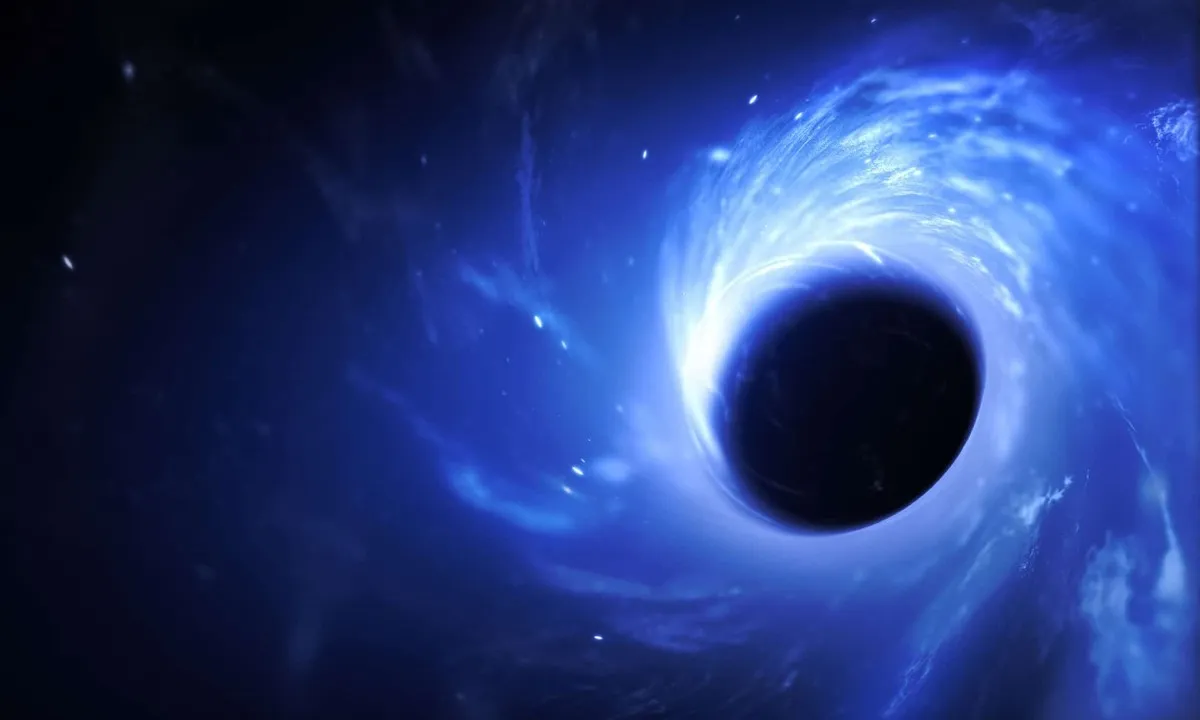Surprising Eating Habits of Black Holes

Most of these multiphase interstellar materials are jets flowing outward from the galactic center (mainly plasma jets are generated directly above the disk, and mainly atomic and molecular jets are generated diagonally). However, we found that most of the particles return to the disk like a fountain, the SciTechDaily reported.
Recent advancements in astrophysics have led to groundbreaking observations of the gas flows surrounding supermassive black holes. These observations, conducted at a remarkably detailed light-year scale, have revealed crucial insights into the behavior of these cosmic giants. Notably, researchers have discovered that while a significant amount of gas is drawn towards these black holes, only a small fraction – about 3 percent – is actually consumed. The rest of the gas is ejected and then recycled back into the host galaxy.
Not all of the matter which falls towards a black hole is absorbed, some of it is ejected as outflows. But the ratio of the matter that the black hole “eats,” and the amount “dropped” has been difficult to measure.
An international research team led by Takuma Izumi, an assistant professor at the National Astronomical Observatory of Japan, used the Atacama Large Millimeter/submillimeter Array (ALMA) to observe the supermassive black hole in the Circinus Galaxy, located 14 million light-years away in the direction of the constellation Circinus. This black hole is known to be actively feeding.
Thanks to ALMA’s high resolution, the team was the first in the world to measure the amount of inflow and outflow down to a scale of a few light-years around the black hole. By measuring the flows of gasses in different states (molecular, atomic, and plasma) the team was able to determine the overall efficiency of black hole feeding and found that it was only about 3 percent. The team also confirmed that gravitational instability is driving the inflow.
Analysis also showed that the bulk of the expelled outflows are not fast enough to escape the galaxy and be lost. They are recycled back into the circumnuclear regions around the black hole, and start to slowly fall towards the black hole again.
4155/v





















